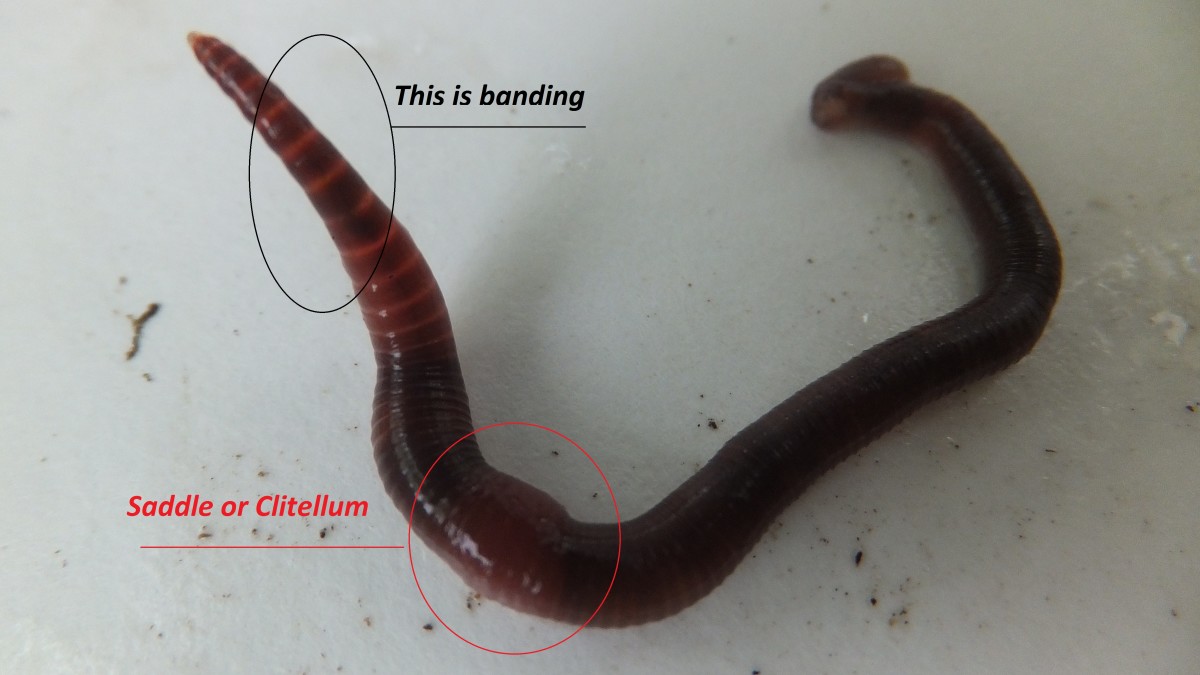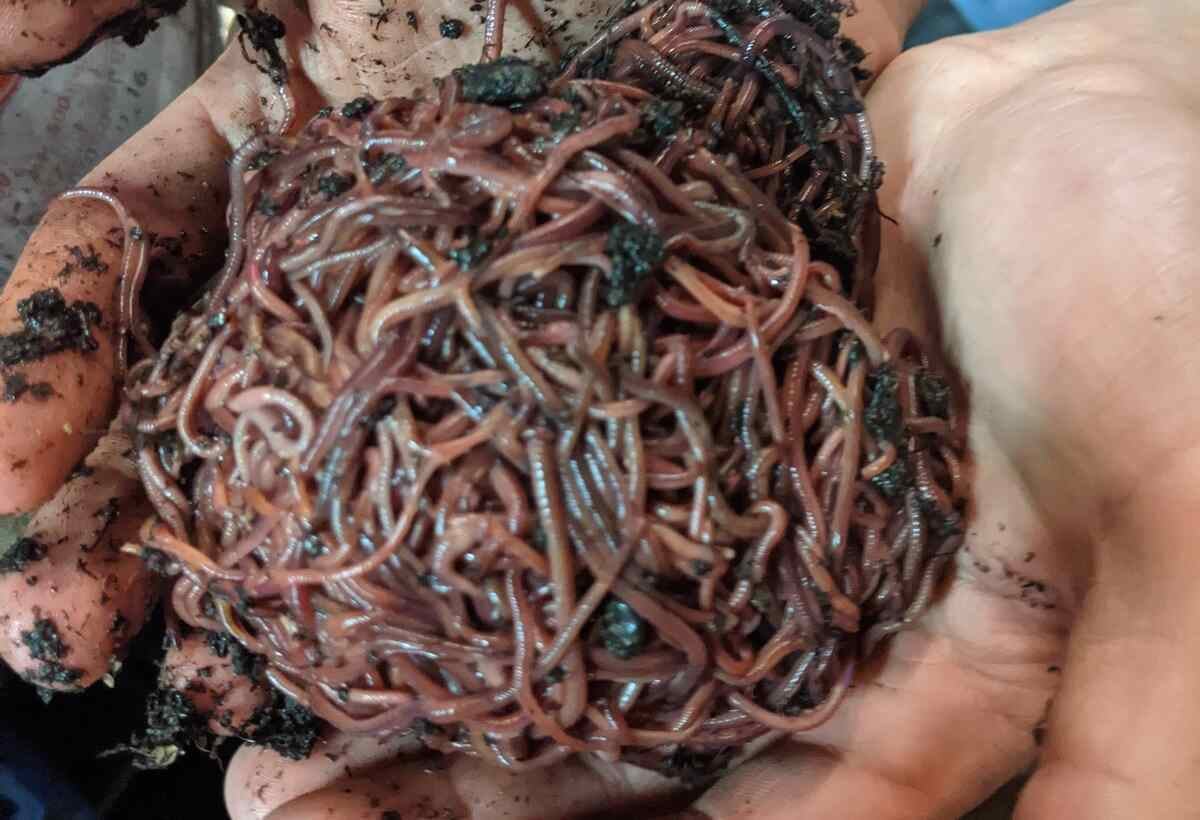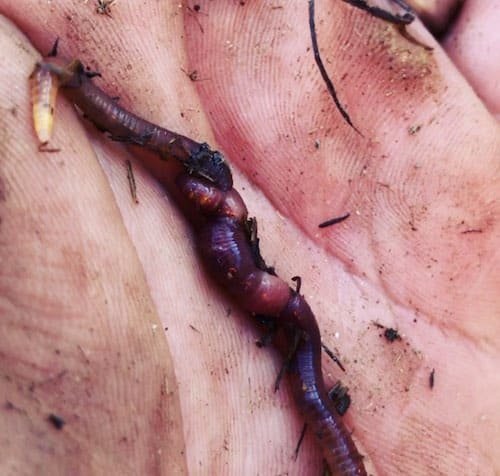Lake Hickory Bait Provides the Solutions You Need for a Perfect Lawn
Lake Hickory Bait Provides the Solutions You Need for a Perfect Lawn
Blog Article
How Red Wigglers Can Transform Your Composting Experience
The integration of red wigglers right into composting practices uses a transformative technique to throw away monitoring and dirt enrichment. Comprehending the certain demands and advantages connected with maintaining a thriving worm population is crucial for optimizing their potential.
Advantages of Red Wigglers
Red wigglers, scientifically referred to as Eisenia fetida, are a cornerstone of reliable composting systems as a result of their exceptional capacity to disintegrate raw material effectively. These worms master transforming kitchen scraps, lawn waste, and other organic products into nutrient-rich garden compost, commonly referred to as worm spreadings. Lake Hickory Bait. This procedure not just minimizes landfill waste yet also adds to sustainable gardening practices
One of the key advantages of red wigglers is their high reproduction price, allowing them to occupy a composting atmosphere quickly. This fast multiplication boosts disintegration prices, causing faster garden compost production. In addition, red wigglers flourish in a varied series of conditions, making them adaptable to different composting configurations.

Establishing Your Worm Container
(Granite Falls NC Worms For Sale)To create an efficient worm container for composting, cautious focus should be provided to its layout and environment. A perfect worm bin ought to be built of products that are resilient yet permit essential air movement, such as plastic or timber. The dimension of the bin can differ, but a volume of about 1 square foot per extra pound of worms is a great beginning factor.
Make certain that the container has drainage openings to prevent water build-up, which can lead to anaerobic conditions harmful to the worms. Additionally, including air flow holes will assist maintain appropriate moisture degrees and oxygen circulation.
Following, it is vital to supply bedding for the worms, which can include shredded newspaper, cardboard, or coconut coir. This bed linens not only provides an environment for the worms yet also aids in moisture retention.
Placement the worm container in a place that keeps a temperature level series of 55-77 ° F(13-25 ° C) to maximize worm activity. Stay clear of putting the container in direct sunshine or extreme temperature levels. By following these guidelines, you can create a helpful setting for red wigglers, enhancing the efficiency of your composting process.
What to Feed Your Worms

(Red Wiggler Express)Red wigglers especially take pleasure in soft, wet foods like watermelon peels, cucumber peels, and banana peels. It is essential to prevent feeding them citrus fruits, onions, and garlic, as these can be destructive to their health. Additionally, prepared foods, milk products, and meat ought to be strictly stayed clear of, as they can lead to smells and draw in bugs.
To keep ideal conditions, it's a good idea to cut larger scraps right into smaller pieces, promoting quicker decay. Begin by introducing small amounts of food and keep track of the worms' intake price; readjust accordingly to prevent overfeeding, which can produce an undesirable environment. Lastly, offering a regular feeding schedule will aid keep your worm population flourishing while improving the overall efficiency of your composting initiatives. By comprehending what to feed your worms, you prepared for an effective and sustainable composting experience.
Keeping a Healthy Habitat
Producing a growing composting atmosphere for red wigglers needs focus to their habitat, as it straight influences their wellness and performance. The optimal habitat ought to keep a well balanced dampness degree, typically between 60-70%. Too much wetness can result in anaerobic conditions, while not enough dampness may dry out the worms.

The bed linens product in the compost ought to vary and shredded, incorporating products like cardboard, paper, and coconut coir. This not only offers a comfy atmosphere but also functions as a food resource. Lake Hickory Bait. Regularly looking for odors or signs of insects can help determine possible problems before they intensify
Finally, maintaining a well balanced pH degree, preferably between 6 and 7, ensures a conducive environment for red wigglers, cultivating their ability to process raw material successfully. By dealing with these variables, you can develop a sustainable and efficient composting community.
Harvesting and Utilizing Compost
Harvesting garden compost from a worm bin is a satisfying procedure that transforms organic waste into nutrient-rich material for gardens and plants. As soon as the composting cycle is full, commonly after 8-12 weeks, it's time to collect the vermicompost. The very first action includes dividing the red wigglers from the completed garden compost. This can be done using techniques such as the "light" method, where worms additional resources are brought in to light and can be scooped far from the leading layers, or by relocating the garden compost to one side of the container and including fresh bed linens to the opposite side, motivating the worms to move.
Once the worms are removed, the staying garden compost can be looked to remove any type of larger fragments or undecomposed product. The end product needs to have a dark, brittle structure and a pleasurable earthy odor, indicating that it awaits usage. This abundant compost can be applied straight to yard beds, mixed into potting soil, or made use of as a top clothing for potted plants. By integrating vermicompost into your gardening techniques, you not only boost dirt fertility yet additionally promote healthy and balanced plant development and lasting gardening techniques.
Conclusion
Incorporating red wigglers into composting techniques dramatically improves the decomposition procedure and contributes to the manufacturing of nutrient-rich vermicompost. The resulting worm spreadings improve dirt framework, fertility, and microbial activity, ultimately promoting healthier plant growth.
Report this page